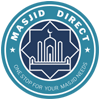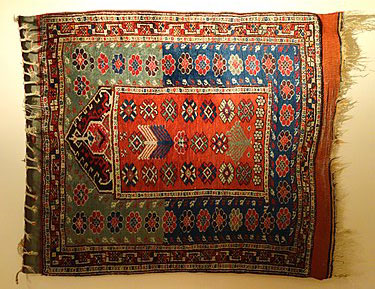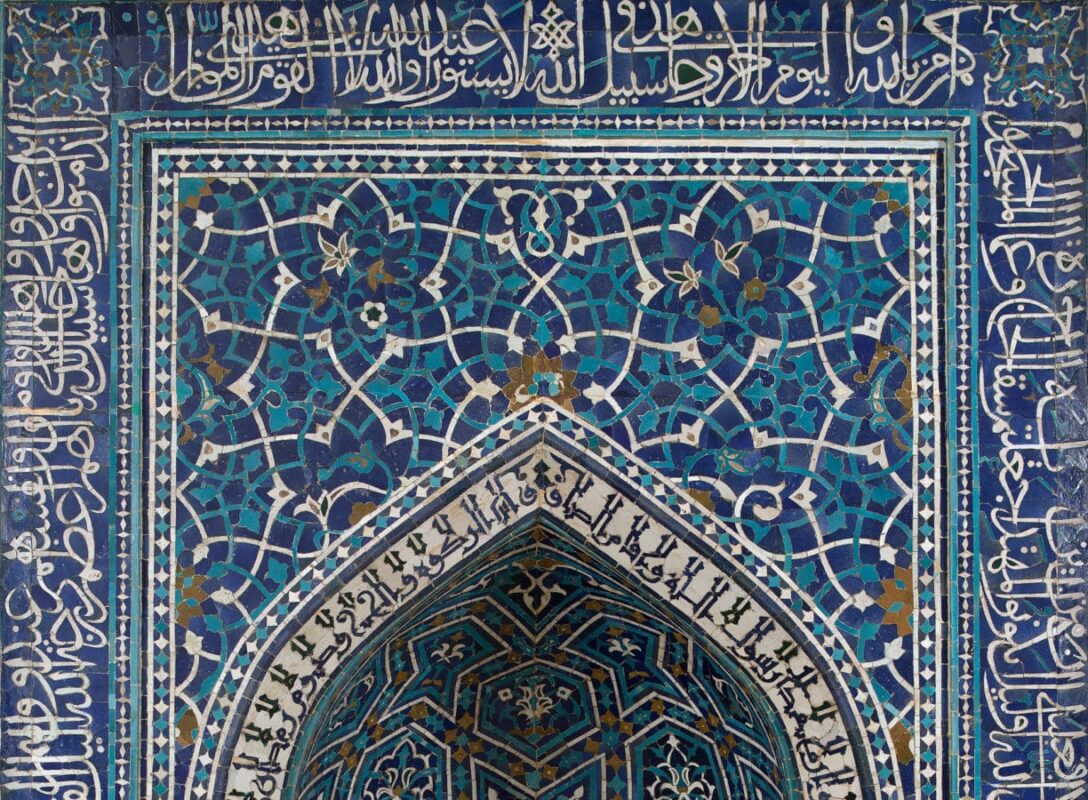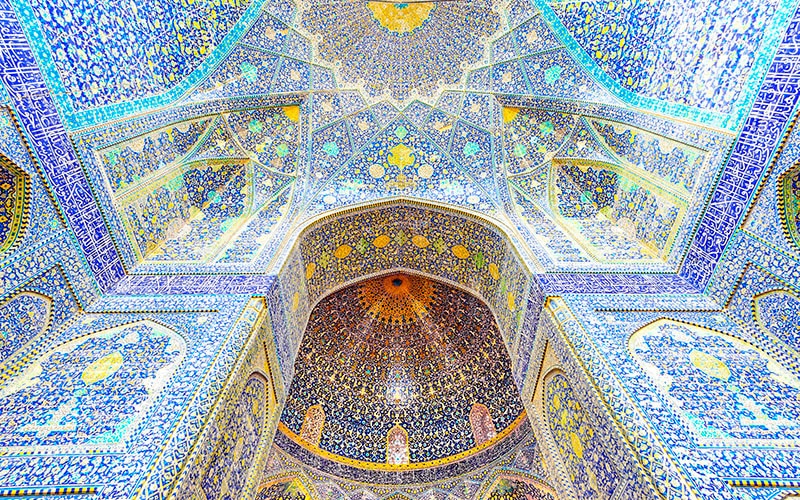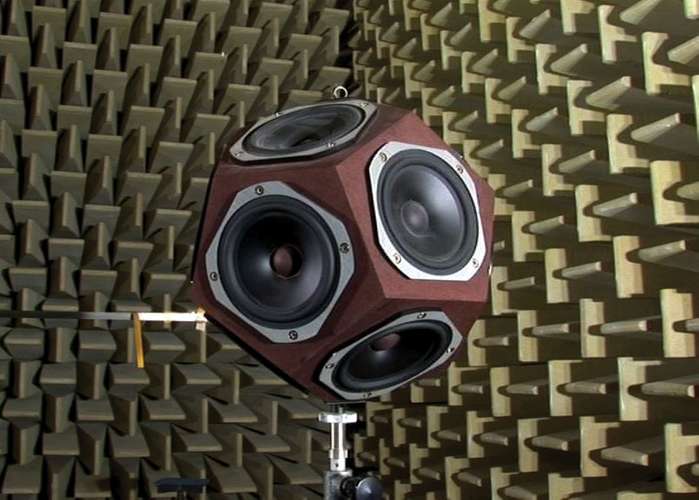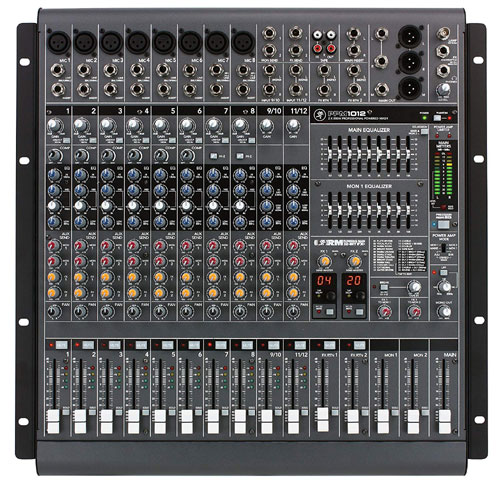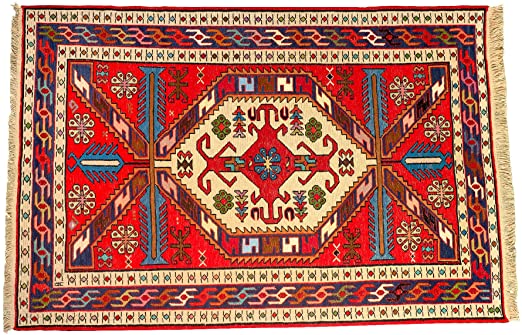
WHAT IS A PRAYER RUG ?
Prayer rug, Arabic sajjāda, Persian namāzlik, one of the major types of rug produced in central and western Asia, used by Muslims primarily to cover the bare ground or floor while they pray. Prayer rugs are characterized by the prayer niche, or mihrab, an arch-shaped design at one end of the carpet. The mihrab, which probably derives from the prayer niche in mosques, must point toward Mecca while the rug is in use.
Symbolic Meaning of a Prayer Rug
The Prayer Rug has a very strong symbolic meaning and traditionally taken care of in a holy manner. It is disrespectful for one to place a prayer mat in a dirty location (as Muslims have to be clean to show their respect to God) or throw it around in a disrespectful manner. The prayer mat is traditionally woven with a rectangular design, typically made asymmetrical by the niche at the head end. Within the rectangle one usually finds images of Islamic symbols and architecture. In some cultures decorations not only are important but also have a deep sense of value in the design of the prayer mat.
A Masjid Carpet is characterized by a niche at one end, representing the mihrab in every mosque, a directional point to direct the worshipper towards Mecca. Many rugs also show one or more mosque lamps, a reference to the Verse of Light in the Qur’an. Specific mosques are sometimes shown; some of the most popular examples include the mosques in Mecca, Medina, and especially Jerusalem. Decorations not only play a role in imagery but serve the worshipper as aids to memory. Some of the examples include a comb and pitcher, which is a reminder for Muslims to wash their hands and for men to comb their hair before performing prayer. Another important use for decorations is to aid newly converted Muslims by stitching decorative hands on the prayer mat where the hands should be placed when performing prayer.
Features of a Prayer Rug
A prayer rug or prayer mat is a piece of fabric, sometimes a pile carpet, used by Muslims, placed between the ground and the worshipper for cleanliness during the various positions of Islamic prayer. These involve prostration and sitting on the ground. A Muslim must perform wudu (ablution) before prayer, and must pray in a clean place. Many new prayer mats are manufactured by weavers in a factory. The design of a prayer mat is based on the village it came from and its weaver. These rugs are usually decorated with many beautiful geometric patterns and shapes. They are sometimes even decorated with images. These images are usually important islamic landmarks, such as the Kaaba, but they are never animate objects. This is because the drawing of animate objects on prayer mats is forbidden.
When praying, a niche, representing the mihrab of a mosque, at the top of the mat must be pointed to the Islamic center for prayer, Mecca. All Muslims are required to know the qibla or direction towards Mecca from their home or where they are while traveling.
Prayer carpets are usually made in the towns or villages of the communities who use them and are often named after the origins of those who deal and collect them. The exact pattern will vary greatly by original weavers and the different materials used. Some may have patterns, dyes and materials that are traditional/native to the region in which they were made. Masjid Carpets patterns generally have a niche at the top, which is turned to face Mecca. During prayer the supplicant kneels at the base of the rug and places his or her hands at either side of the niche at the top of the rug, his or her forehead touching the niche. Typical prayer rug sizes are approximately 2.5 ft × 4 ft (0.76 m × 1.22 m) – 4 ft × 6 ft (1.2 m × 1.8 m), enough to kneel above the fringe on one end and bend down and place the head on the other.
Some countries produce textiles with prayer rug patterns for export. Many modern carpets are strictly commercial pieces made in large numbers to sell on an international market or tourist trade.
There are many masjid carpets in existence today that have been taken care of for more than 100 years. In most cases, they have been immediately and carefully rolled after each prayer.
